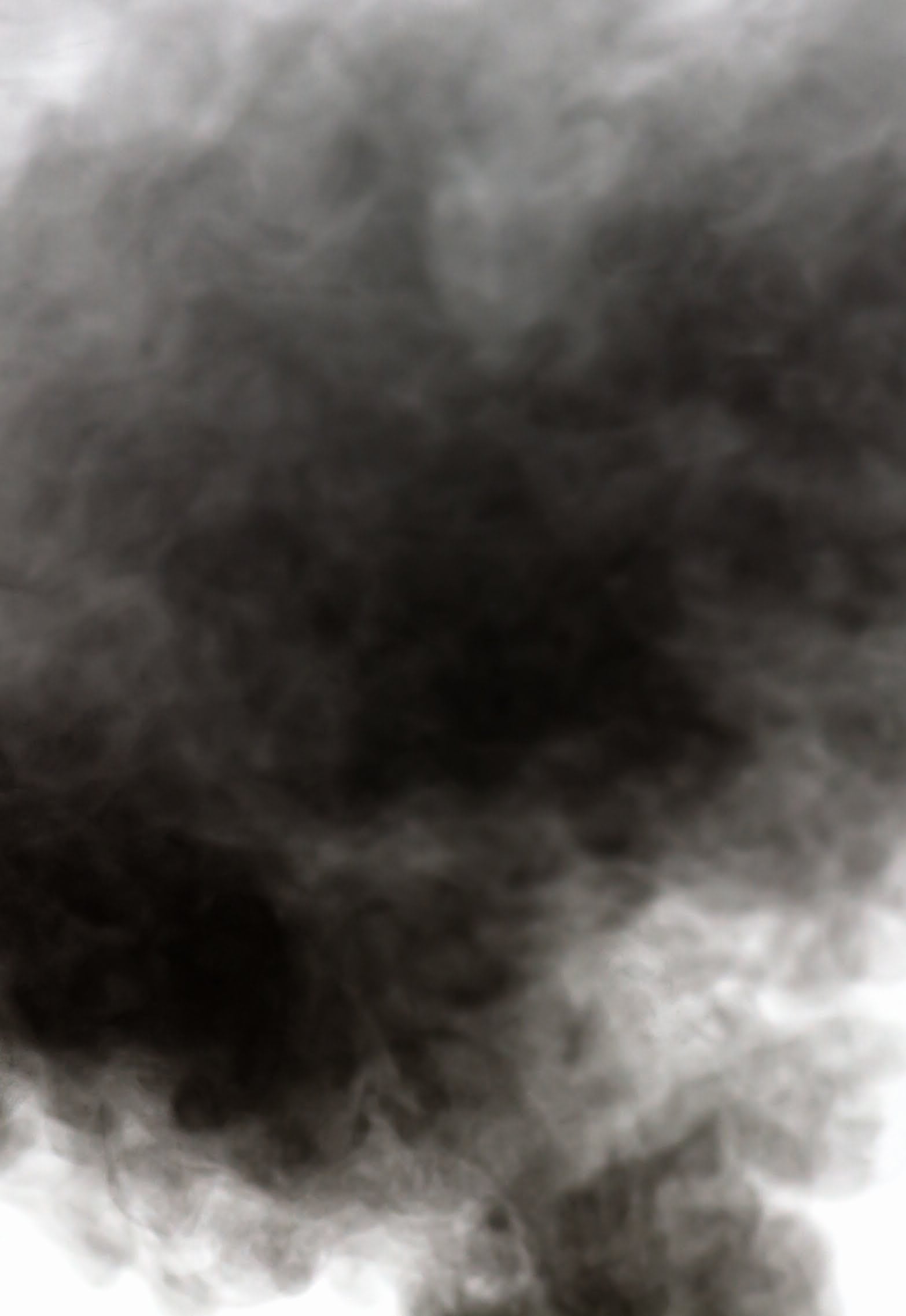
Flame retarded phenolic foam core panel showed lowest toxic smoke emissions, did not reach danger limit for warehouse fire. Recent major fires have occurred in warehouses and logistics centres in South Korea (e.g. Icheon 38 deaths, Yongin 5 deaths, both 2020) and property damage costs for warehouses with sandwich panels are increasing. Four sandwich material core materials were fire-tested in the cone calorimeter, with FT-IR analysis of fire gas emissions, then FED (fractional effective dose) for hazardous gases was calculated and escape time modelled for a warehouse using sandwich panel walls. The materials tested were expanded polystyrene (non-FR EPS), urethane foams (FR rigid PIR, non-FR spray) and FR phenolic foam. PIR shows the highest peak heat release rate of nearly 600 kW/m2. Toxic fire gases (mainly CO) are higher from the urethane foams than from EPS. Modelled escape time from a warehouse is one to seven minutes for EPS and for the urethane foams, whereas the danger limit for gas toxicity was not reached for the FR phenolic foam by the end of the modelling (ten minutes).
“Fire retardant performance, toxicity and combustion characteristics, and numerical evaluation of core materials for sandwich panels”, S. Wi et al., Environmental Pollution 312 (2022), 120067 https://doi.org/10.1016/j.envpol.2022.120067